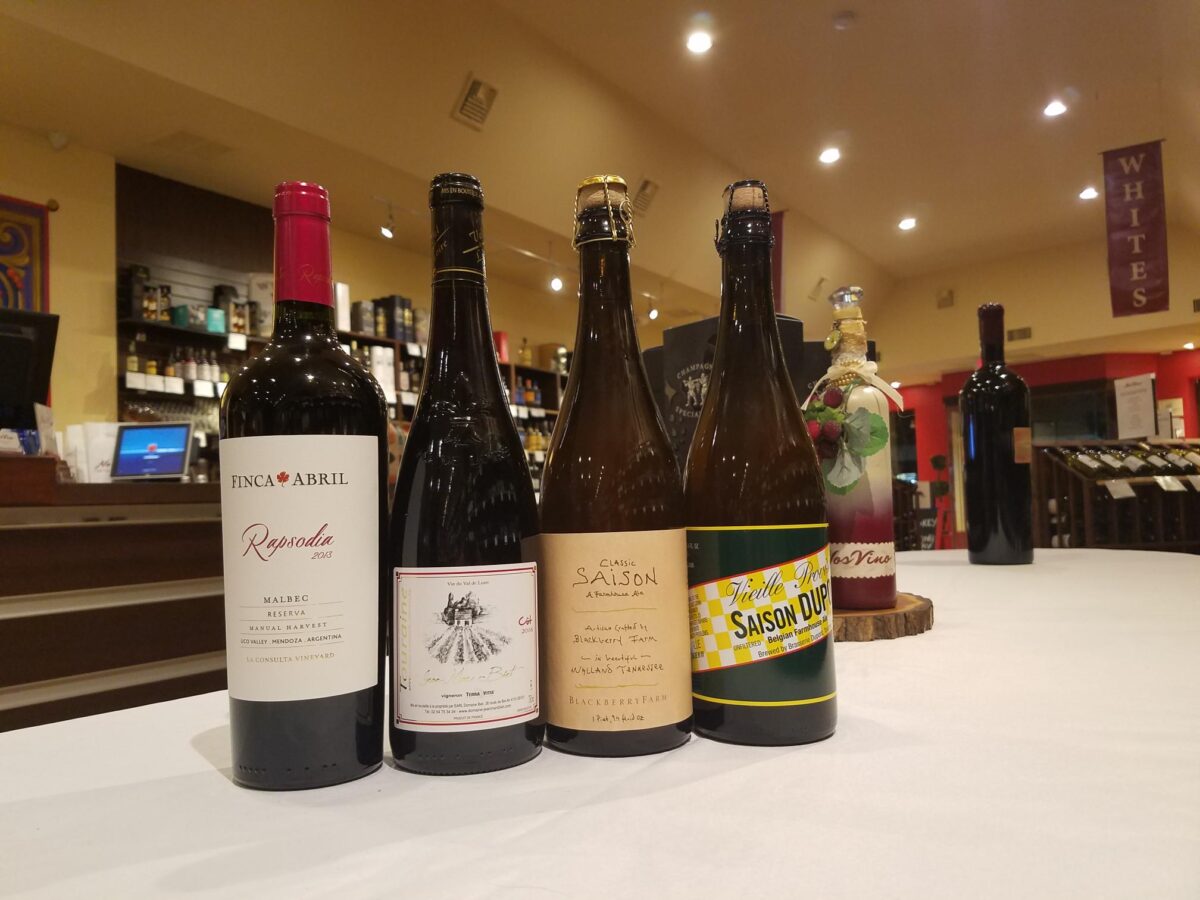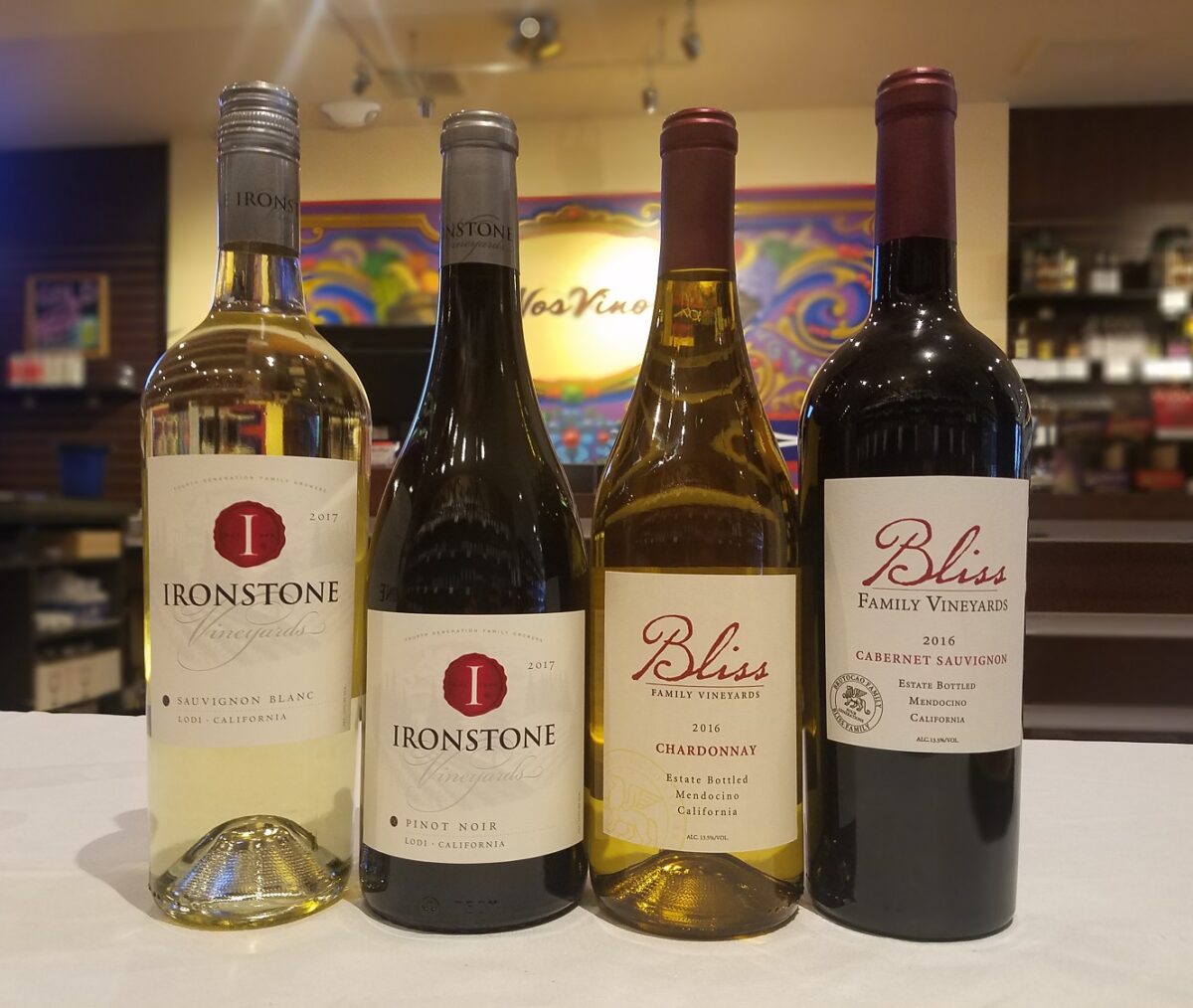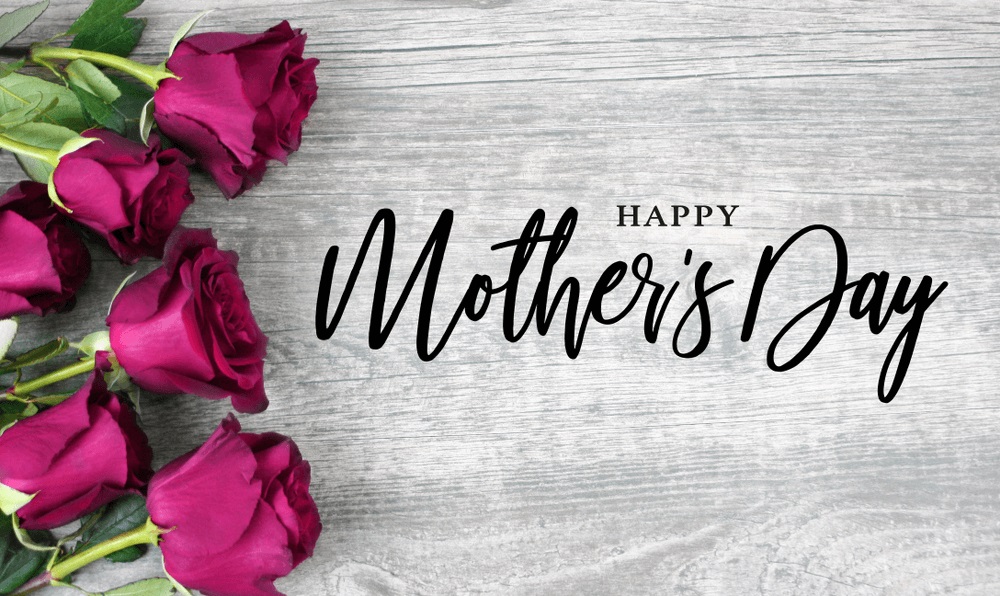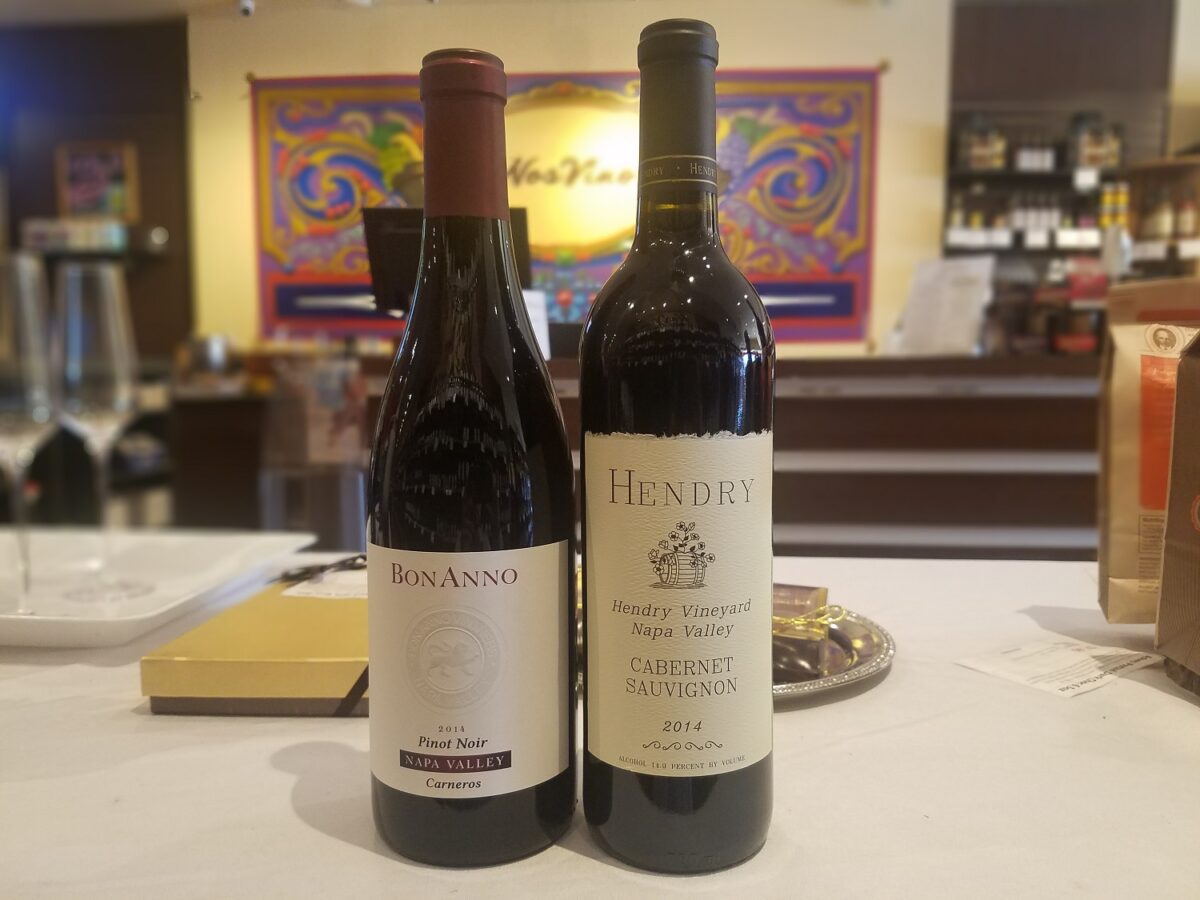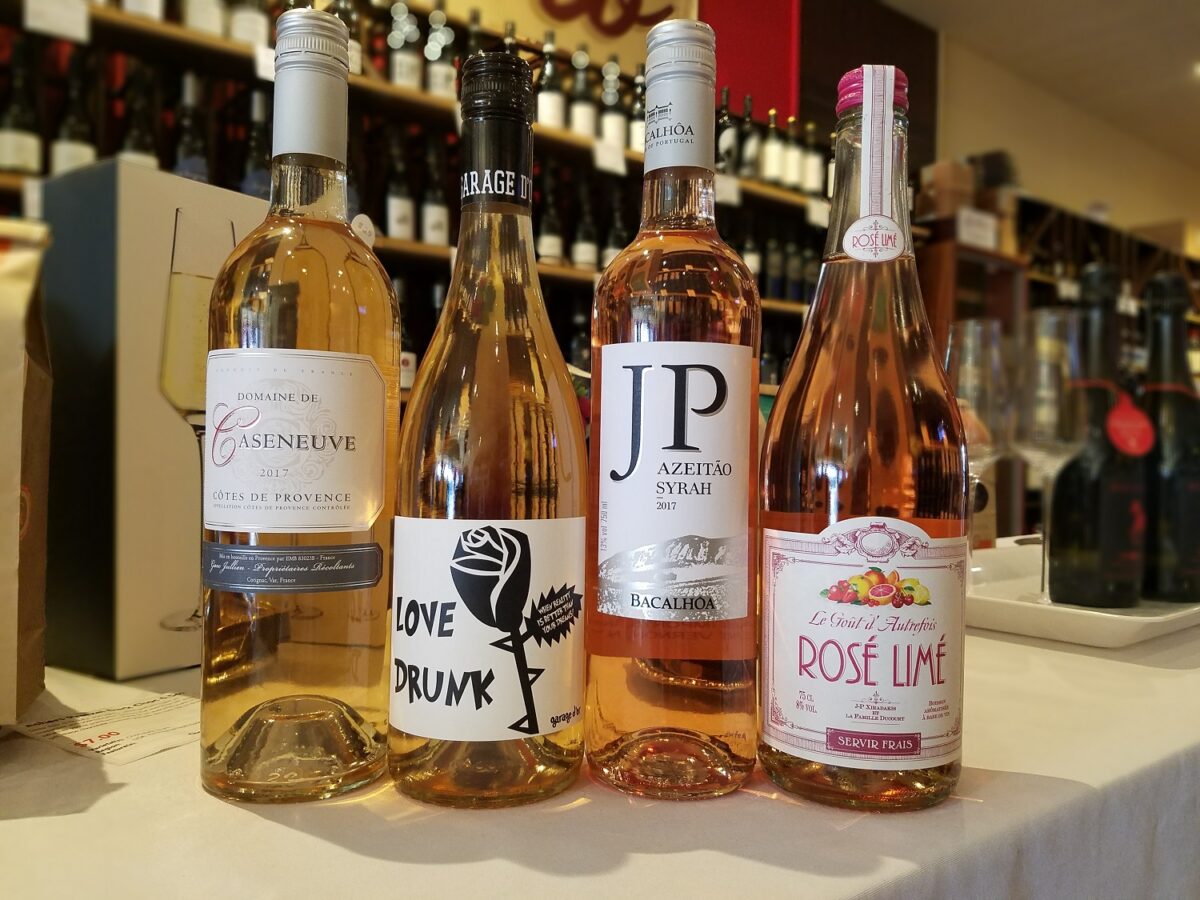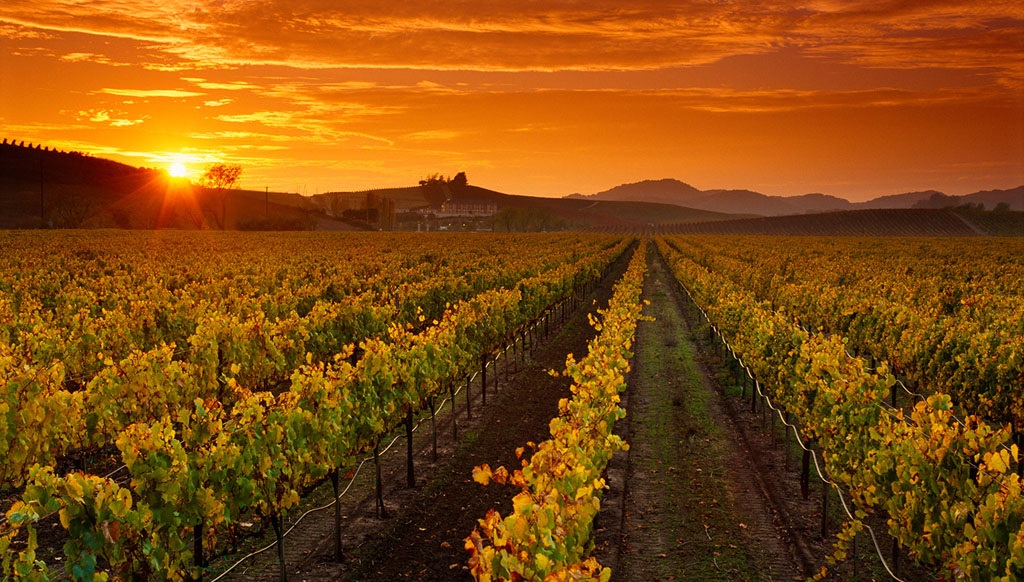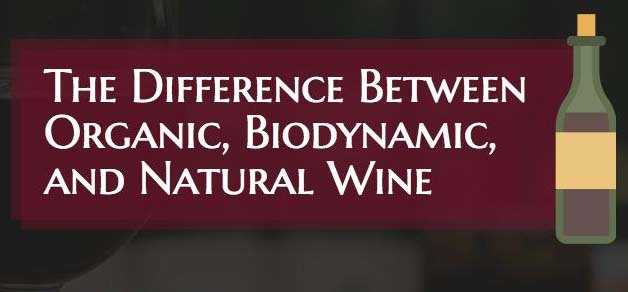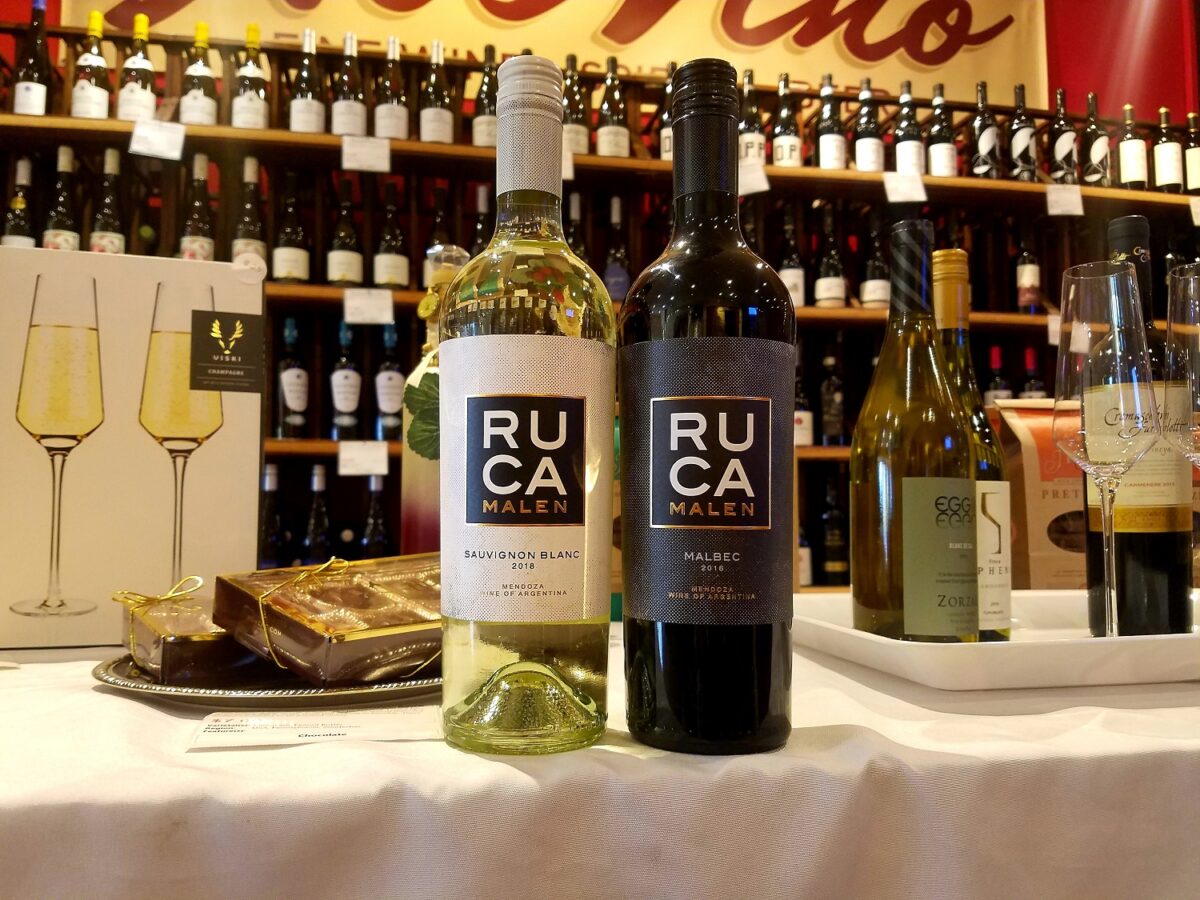We are often asked—“What is the difference between a modern and a traditional wine? What do old world and new world mean?” This weekend we put all confusion to rest and offer delicious examples to assure your comprehension.
When discussing traditional or old world, we are typically referring to Europe, which has been growing grapes and fermenting beverages for over two thousand years. When we use the terms modern or new world, we are referring to all countries outside of Europe. But it is not simply a matter of geography which defines these terms; they are also used to describe style.
Traditional wines, for example tend to convey more subtlety, lower alcohol, higher acidity, and earthier flavors—they highlight the terroir (physical environment) in which they are grown. Modern wines tend to be much bolder in flavor, higher in alcohol, lower in acidity, and place more of an emphasis on fruit and varietal, and often highlight the winemaker. Of course many exceptions exist, but these are the basic and most notable differences.
The same may also be said for certain European beers, which have a particular history that has been carried over into modern American craft brewing. We have chosen Saison Dupont from the Hainaut province of Belgium, brewing farmhouse ale since 1844, and Blackberry Farm’s Classic Saison, hailing from Walland, Tennessee, debuting ales in 2015.
Saison (season) ales have been brewed in Belgium since the 1700s. They were traditionally homebrewed in farmhouses during the cooler months, allowed to mature through the winter, and enjoyed by farmers and farmhands alike all summer long. Saison ales were originally low in alcohol (around 3-3.5%) so they could be consumed by workers without interrupting productivity. Today, there are a select group of American craft breweries who pay homage to the true farmhouse ale (although we do see them as high as 8% ABV nowadays). These pale orange beers are known for their yeasty, fruity spiciness, and pair well with a variety of foods. Come in this Friday 1/4/19 and sample our Old and New World Saison to see if you can taste a difference!
In searching ways to enlighten on the topic of traditional and modern wine–specifically the Malbec varietal, which we will be highlighting on Saturday 1/5/19 –Shakespeare came to mind. That may sound strange, but there is a method to this madness. It is as simple as watching two different versions of the same play—Romeo and Juliet, for instance. If we look at Franco Zeffirelli’s 1968 adaptation, which was a traditional approach to the work, using the original time period and dialogue, and then look at 1961’s West Side Story, an entirely modern approach to the same tale.
Malbec has been around since the 16th century (coincidentally, Romeo and Juliet was written in 1597…just saying). We take the Biet Côt Rouge, a lovely Malbec from Touraine, located in France’s majestic Loire Valley. Malbecs from this region tend to be higher in acidity, lower in alcohol, a bit more subtle in flavor, with a slight spice and peppery quality. They are not overly showy (they do not spontaneously burst into song and bust expertly choreographed dance moves); they are classic representations of where they come from, and emit a romanticism that could complement any love story.
In comparison, the Finca Abril Rapsodia Malbec of Mendoza, Argentina is brimming with lush blackberry, black cherry, and plum flavor with hints of cocoa, a slight floral quality, and robust tobacco notes–a little different from our French cohort. The Rapsodia might possibly have a Leonard Bernstein score to pair with its intense, yet playful character.
Same grape, coming from different places with very different personalities—will we find a connection between the two? Will sparks fly? Will love ensue? Let’s taste and find out! See if you are a modernist or traditionalist—or a little of both. Maybe we can all find beauty and intrigue in the old and the new.

